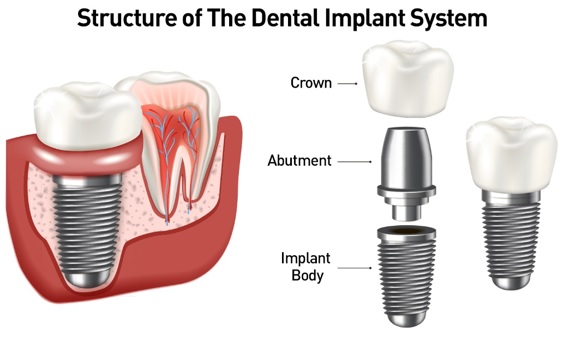What is Tooth Decay? Causes, Symptoms, Prevention & Treatments

What is Tooth Decay?
It is defined as irreversible, slow-progressing decay of hard tissues of the tooth. It involves the destruction of hard tissues of the teeth by substances produced by oral microorganisms. It is also known as dental caries.
How Tooth Decay Develops?
It develops due to a combination of eating a diet high in sugar and poor oral hygiene.
Causes of Tooth Decay
The primary culprits for tooth decay are:
- Poor Oral Hygiene: Inadequate brushing, flossing, and rinsing with mouthwash can cause plaque to develop on the teeth. Over time, plaque hardens into tartar, which is difficult to remove and increases the risk of decay.
- Sugary and Acidic Foods and Drinks: When we take a high amount of sugary or acidic foods and drinks, it leads to the accumulation of harmful bacteria, which increases enamel damage.
- Lack of Fluoride: Poor fluoride diets and the absence of fluoride in toothpaste can weaken the enamel of the tooth, which causes erosion and tiny holes.
- Dry Mouth (Xerostomia): Saliva plays an important role in our mouths. The antimicrobial properties of saliva protect your teeth from dental caries. Reduced flow of saliva in your mouth leads to more dental caries.
- Bacteria and Plaque Build-Up: Dental plaque is a sticky film of bacteria. Improper brushing and cleaning of the teeth may cause the formation of plaque on your teeth, which leads to the growth of bacteria and results in the destruction of enamel.
- Genetics and Family History: Sometimes genetics also plays a major contributory effect on dental caries. In a family, if parents had a high number of dental cavities, then children are also more prone to dental caries.
Symptoms of Tooth Decay
Early Signs: White spots on teeth
Advanced Symptoms:
- Tooth pain
- Bad breath
- Tooth sensitivity
- Visible pits or holes
- Brown/black discoloration
If tooth decay is left untreated, it leads to complications such as pulpitis, abscess, and tooth loss.
Prevention of Tooth Decay
- Brushing and Flossing Techniques: Brush your teeth twice a day and floss daily.
- Fluoride: Use fluoride-containing toothpaste and mouthwash to help strengthen the enamel.
- Dental Check-Ups: Regular dental checkups and cleaning procedures may help.
- Diet Recommendations: Reduce intake of sugar-containing foods, acidic foods, and beverages. Opt for plenty of water over sugary drinks.
- Dental Sealants and Fluoride Treatments: Dental sealants are thin protective coatings brushed onto the chewing surfaces of back teeth, which help to prevent tooth decay. Fluoride applications can strengthen the teeth and reduce the risk of cavities.
Treatment Options for Tooth Decay
Professional Dental Treatments
- Fillings: Filling of cavities can be done with various materials, such as composite resin or amalgam.
- Crowns: For more extensive tooth damage, a crown may be needed to cover and protect the tooth.
- Root Canal: In cases of severe tooth infection, pulp involvement, or damage, root canal treatment may be performed to save the tooth.
Early Decay Management Products
- Fluoride Varnishes: Fluoride varnish is a coating liquid for teeth, which is applied in thin layers on the surfaces of teeth. It helps to prevent new cavities and slow down or stop decay from getting worse.
- Desensitizing Toothpaste: In early tooth decay cases, desensitizing toothpaste helps reduce sensitivity by blocking pain sensors in your mouth that respond to heat, cold, and sugar.
Home Remedies for Symptom Relief
Rinsing with salt water may relieve tooth pain, and applying clove oil can also reduce tooth pain.



Asking questions are genuinely nice thing if you are not understanding anything totally, buut this post presents good unbderstanding yet. https://www.nidgovbd.com/what-technological-innovations-are-expected-at-the-best-live-online-casinos-in-2024